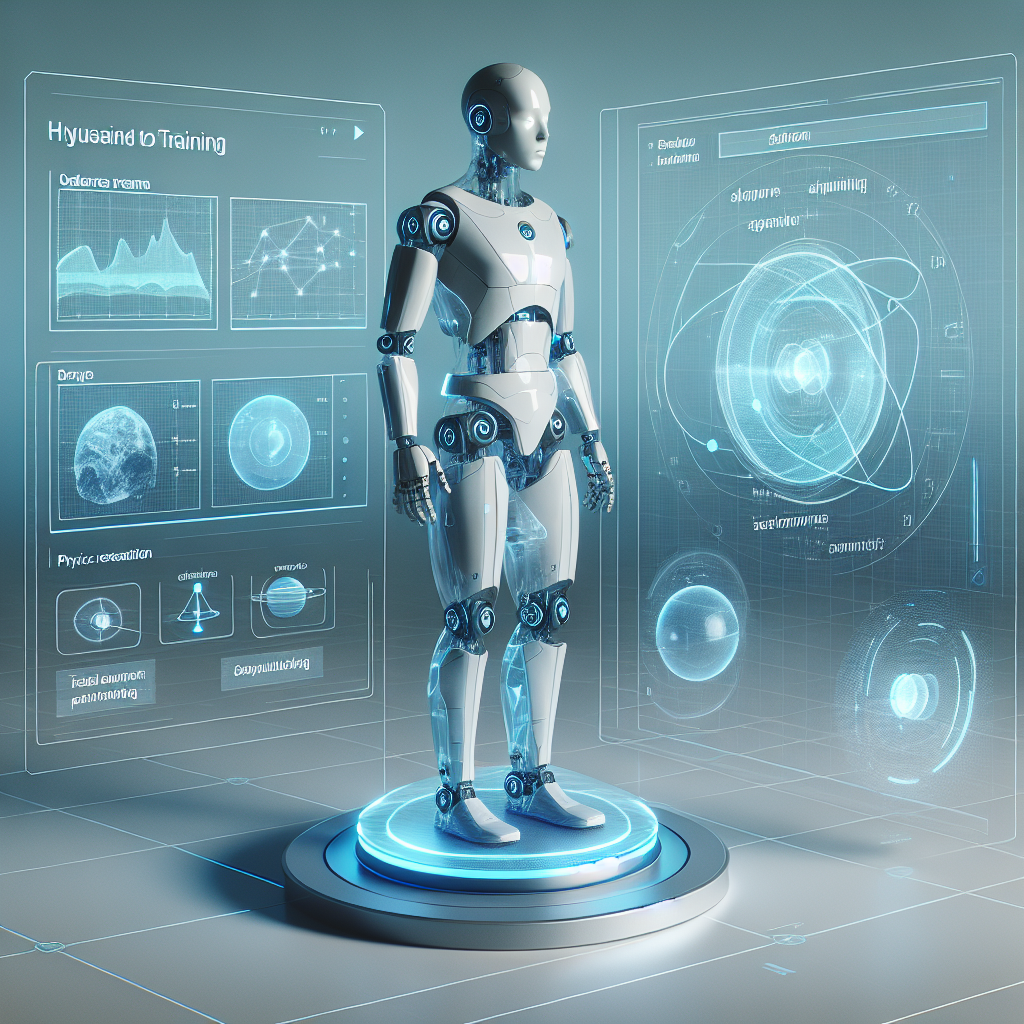Revolutionizing Robotic Learning with LucidSim
LucidSim represents a groundbreaking fusion of physics simulation and generative AI models, tackling one of robotics’ most significant hurdles: the sim-to-real gap. This innovative system combines large language models, generative AI, and physics simulation to create realistic training environments for robots.
Core Components and Technology
The system’s architecture consists of multiple integrated technologies:
- Large language models for generating structured environment descriptions
- Generative models for image creation
- Physics simulator for ensuring real-world accuracy
- Dreams In Motion technique for creating coherent video sequences
From Concept to Reality
Born from a casual conversation outside a Cambridge taqueria, LucidSim evolved into a sophisticated system that generates training data through depth maps and semantic masks. The team enhanced image diversity by implementing ChatGPT-sourced text prompts, ensuring varied and realistic training scenarios.
Technical Implementation and Results
The system’s performance has been remarkable:
- Outperforms traditional domain randomization methods
- Achieves 88% success rate with doubled dataset size
- Demonstrates continuous improvement with increased data exposure
- Operates effectively without real-world training data
Future Applications and Impact
LucidSim’s potential extends beyond quadruped locomotion and parkour, showing promise in mobile manipulation and color perception tasks. The system’s ability to generate diverse, realistic training data without physical demonstrations marks a significant advancement in robotic learning.
The project, supported by prestigious institutions including MIT CSAIL and developed by a talented team of researchers, represents a significant leap forward in robotic learning systems.
Click here to learn more about LucidSim and its groundbreaking developments in robotic learning

